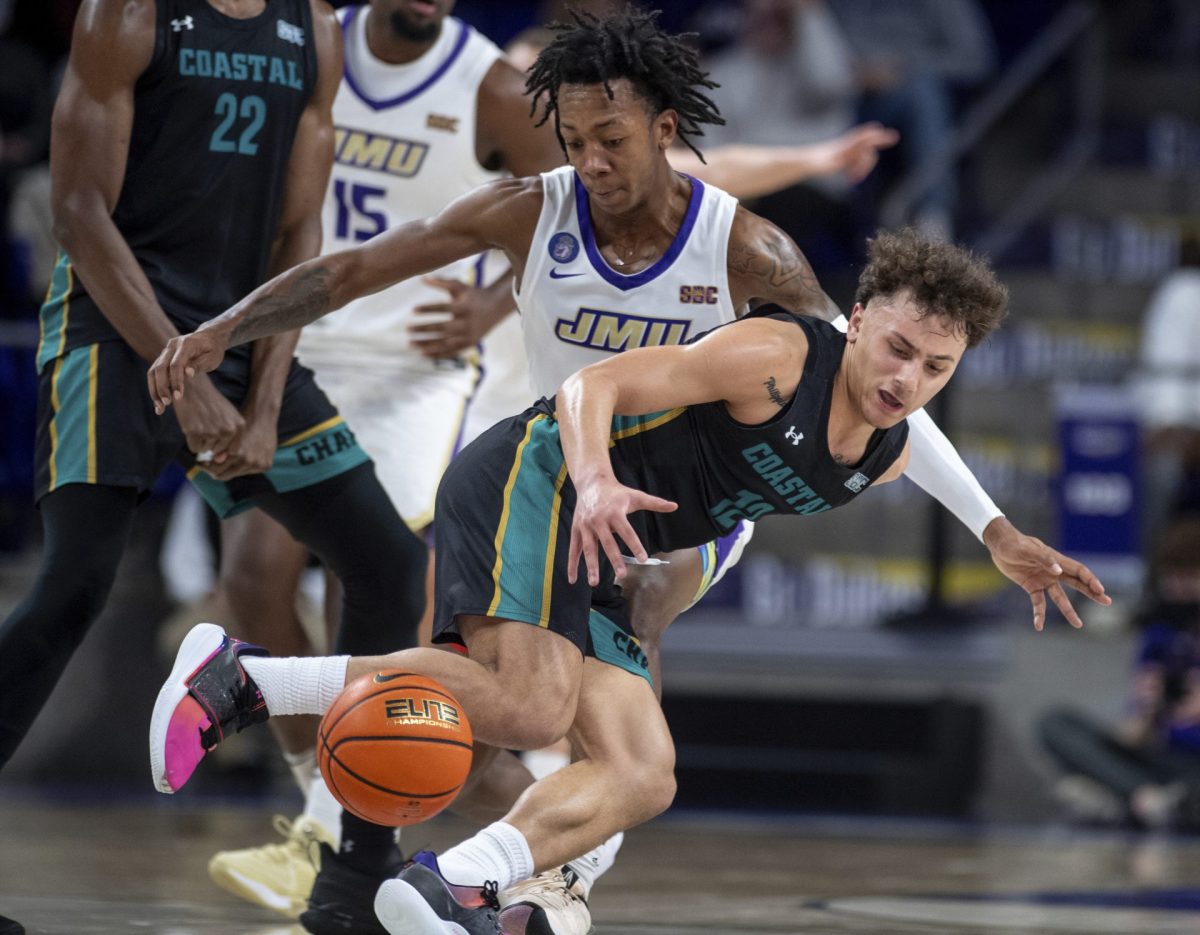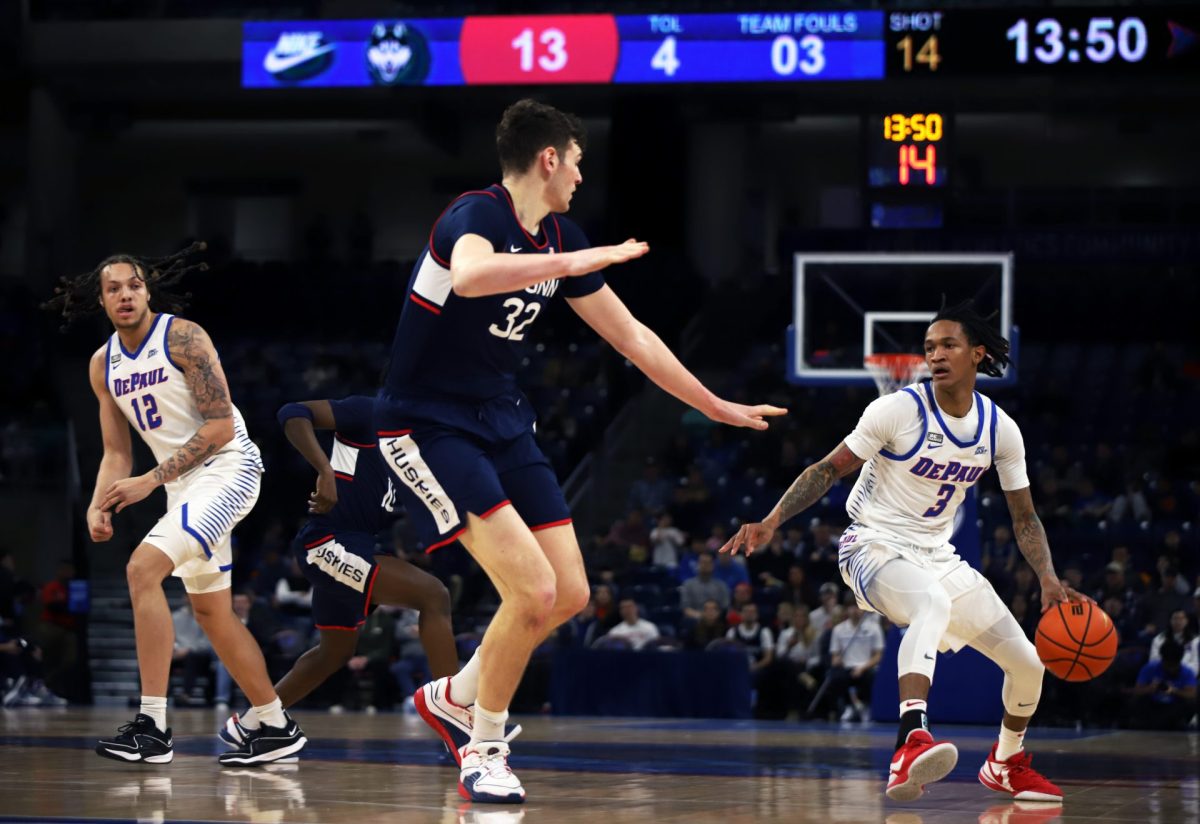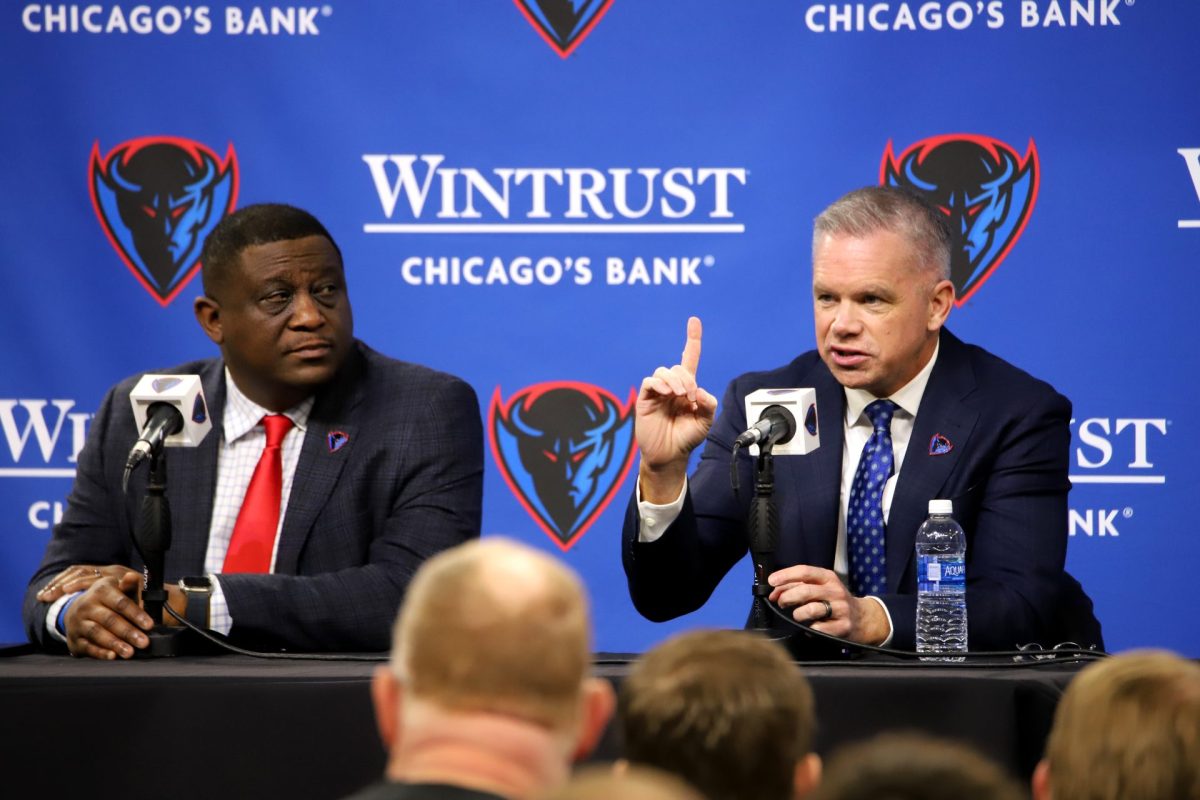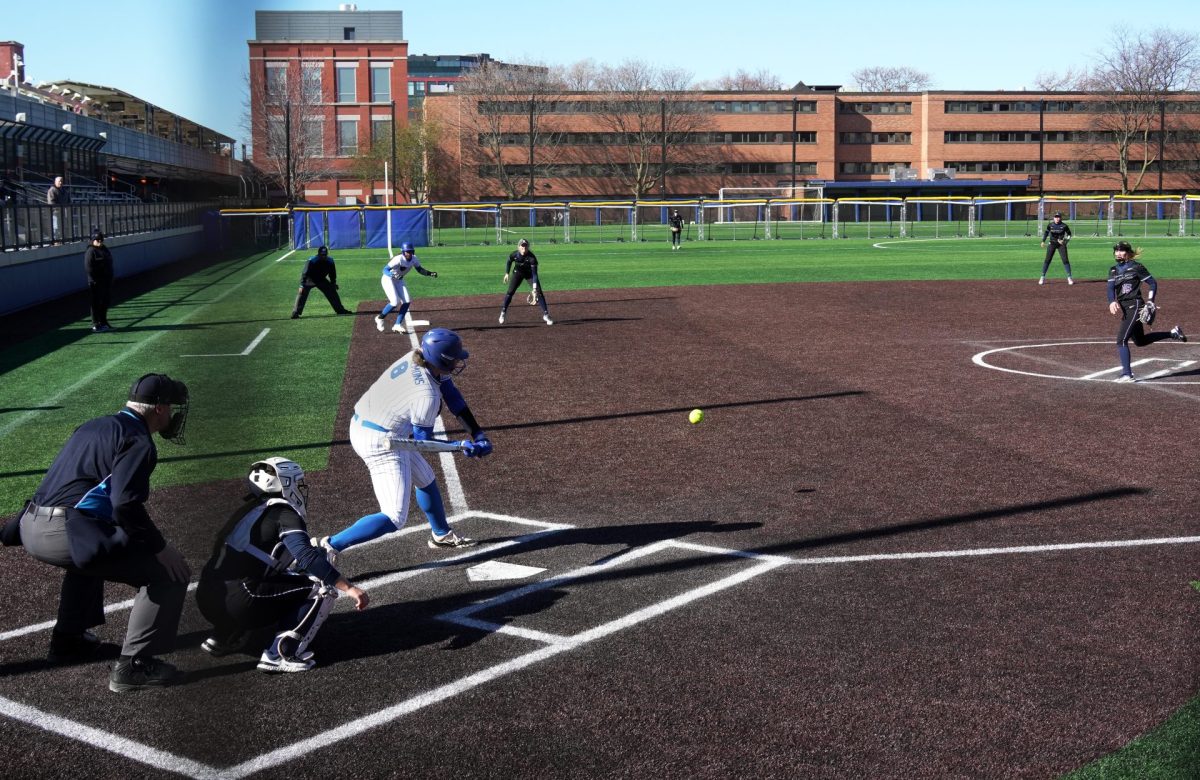In 1999 DePaul University professor Clark Elliott had his car rear-ended on the way to give a lecture at the university’s O’Hare campus. Seemingly unscathed, he went about his day but it did not take long for Elliott to realize that something was wrong.
“I couldn’t remember anything about driving the eight miles to work, I couldn’t find my car after class,” Elliott said as he laid out the symptoms that led up to his diagnosis of a severe concussion four days later.
During the automotive incident, the force of the his car being hit from behind had caused his head to be knocked backwards and then thrown forward, causing traumatic brain injury. For the next eight years, Elliott lived with his symptoms.
“I often couldn’t walk, I couldn’t talk at times. I had severe balance difficulties; time meant almost nothing to me,” he said. “I couldn’t plan. I couldn’t do two things at once.”
Fortunately, Elliott was able to meet two researcher-clinicians who taught him how to use undamaged neural pathways in his brain and the symptoms went away. He details his experiences with his concussion and his rehabilitation for his book “The Ghost In My Brain,” which was released June 2. Elliott hopes that readers will learn what is at risk for them if they become concussed, especially those at high risk, such as athletes.
For athletes at DePaul, playing contact sports does increase the chances of receiving a concussion, but that does not mean that athletes need to worry. According to Sue Walsh, the Director of Sports Medicine at DePaul University, there have been six concussions this school year so far and not all have been sports related.
Walsh reports that every year DePaul Athletics discusses concussions with their athletes and that she herself has lectured about concussions to Theatre School students who take the Stage Combat course.
“It is obviously pretty hard to miss the hype [around concussions]. Most of the concussions we see here are short lived. Within those first 10 days we’re a little more cautious. We won’t let someone progress with symptoms,” Walsh said. “The importance for everyone is dispelling some of the myths and making sure that you’re not comparing someone who has had one or two concussions to an NFL or NHL player.”
Walsh blames the media for emphasizing traumatic brain injuries received by NHL and NFL players that scare the parents of student athletes into thinking that their child should not be put at risk by playing sports.
“We want to take [concussions] seriously but we don’t want students to be afraid of sports,” she said. “The health benefits and psychological benefits outweigh the risk of concussion.”
Although the possibility of a concussion should not put people off from playing sports, the reality of a concussion is that it can occur whenever there is an incident involving head trauma.
DePaul senior Nash Sanderson, 22, was in middle school when he suffered the first of the four concussions that he has encountered in his life.
“I was at the Shakespeare Theatre in DC watching a performance of ” A Midsummer Night’s Dream”. This was in middle school, 7th grade I believe. I was already probably 5’11 or 6 foot and we were sitting up in the balcony seating area,” Sanderson said.
“The show came to a close, I quickly stood to applaud and I smashed my giant head into the corner of the red hot stage light. I immediately picked up a nasty bruise. On and off for the next week or so, I would suddenly get splitting migraine headaches, which light, sound, or motion greatly exasperated. Within the week, the headaches were so bad and frequent to the point where I was getting nauseous and losing vision without warning.”
When things got to be too severe, Sanderson went to the emergency room where he was then diagnosed with a concussion. According to Elliott, students like Sanderson are just one of the thousands of people per day who have traumatic brain injury happen to them.
“Between now and this time tomorrow there are going to be 5,000 people who suffer from these brain injuries. These are only the ones that we know about,” he said. “One of the reasons I wrote the book is to have people become aware of what they are risking.”
Readers will learn that his recovery period was not easy and fraught with disappointment. But they will also discover that with the right combination of brain and ocular therapy, survivors of traumatic brain injury can heal and lead normal lives. Elliott said. “In a last gasp effort I sent out about 20 or 30 letters looking for people that were working in neuroplasticity and I was lucky enough to come across a doctor who does cognitive restructuring using paper and pencils, you know puzzles, and an optometrist who works with neurodevelopmental techniques. After all this time and after being told by everyone you’ll never get better, after starting treatment, the ghost of who I had been started to come back.”
Elliott’s book “The Ghost in My Brain” is now available in stores and online. Elliott continues to teach at DePaul University as a professor of Applied Artificial Intelligence with DePaul’s College of Computing and Digital Media.







